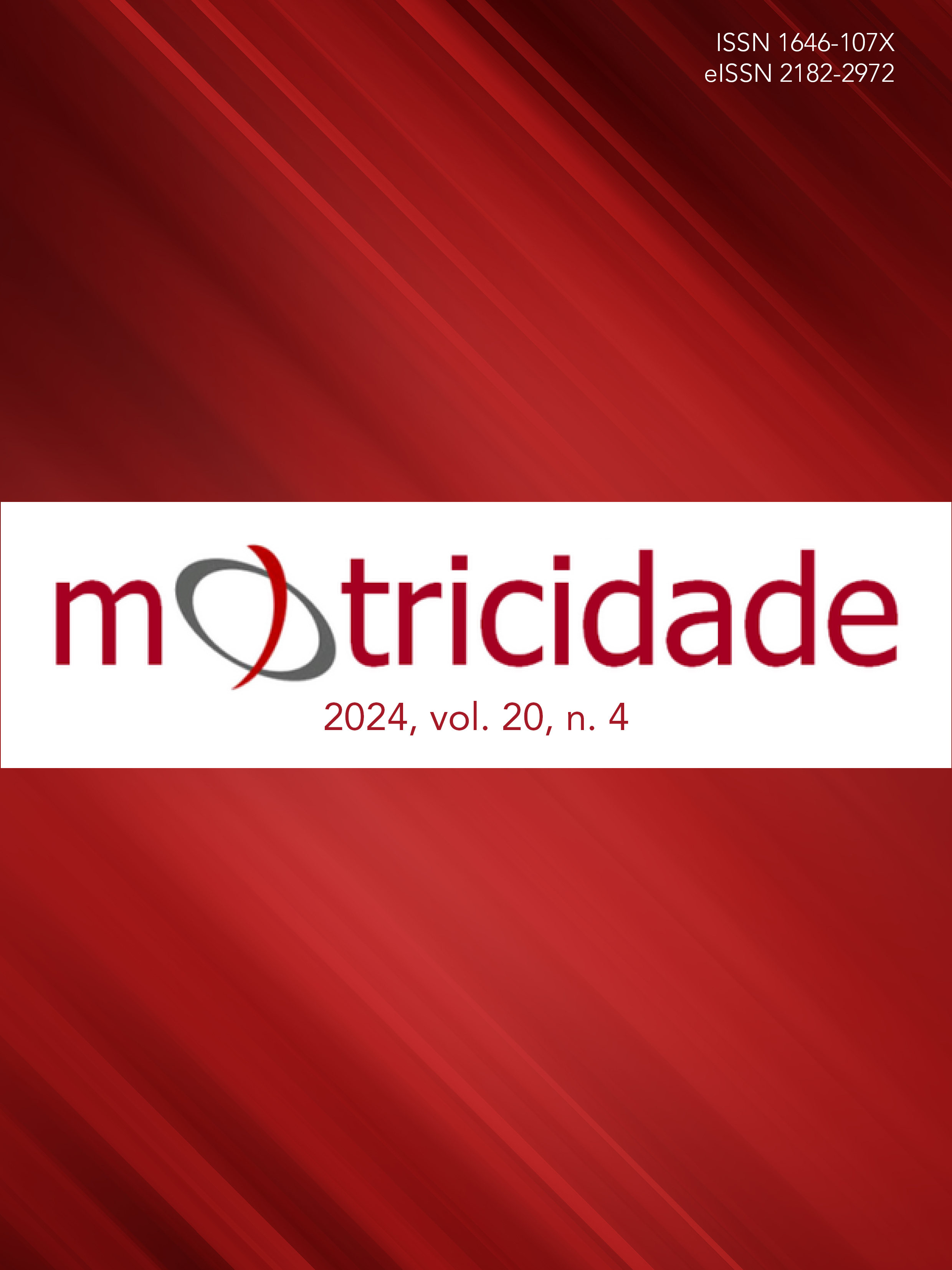The effect of balance on the real and perceived motor competence of 7 –and 8-year-old children
DOI:
https://doi.org/10.6063/motricidade.34668Keywords:
balance, motor competence, object control, locomotion skillsAbstract
The aims of the present study were to observe the values of balance, Motor Competence (MC) and Perceived Motor Competence (PMC) in pupils between 7 and 8 years of age, as well as to find out the effect of a program focused on balance work over MC, PMC and balance itself, and the differences according to sex. The sample consisted of 10 boys and 7 girls, belonging to the second year of Primary Education (Mage = 7.6 years; SD = .24). A pre-experimental repeated measures study design was used. The instruments used were the Test of Gross Motor Development (TGMD-3) to analyse actual motor competence, the Pictographic Scale of Perceived Motor Skills Competence (PMSC) to analyse their perceived motor competence, and the Stability Skills test for balance. A 10-session programme, in which balance was the main aim, was implemented. The results indicated improvements in all dimensions, with differences according to the gender of the participants. Therefore, it can be concluded that specific balance work can improve not only balance but also real and perceived motor competence, although more studies are needed on sex differences.
Downloads
Published
Issue
Section
License
The authors of submitted manuscripts must transfer the full copyright to Journal Motricidade / Sílabas Didáticas Editions. Granting copyright permission allows the publication and dissemination of the article in printed or electronic formats, and copyrights start at the moment the manuscript is accepted for publication. It also allows Journal Motricidade to use and commercialise the article in terms of licensing, lending or selling its content to indexation/abstracts databases and other entities.
According to the terms of the Creative Commons licence, authors may reproduce a reasonable number of copies for personal or professional purposes, but without any economic gain. SHERPA/RoMEO allows authors to post a final digital copy (post-printing version) of the article on their websites or on their institutions' scientific repository.


